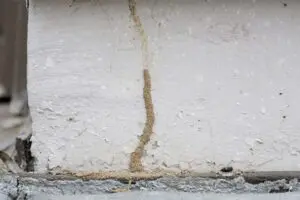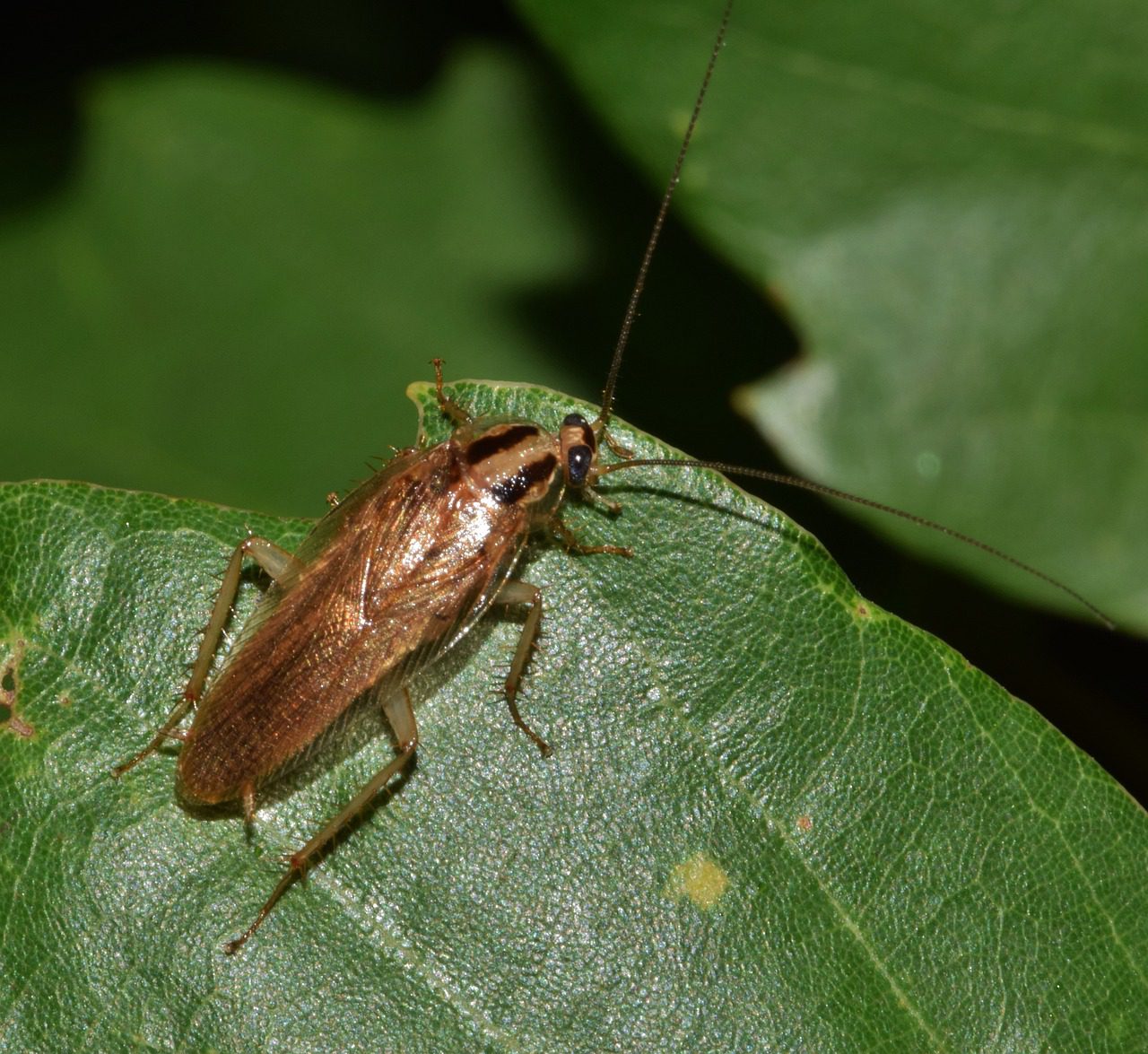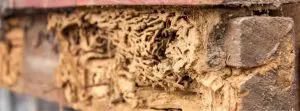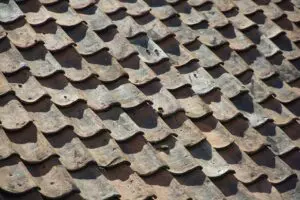

Flying roaches in Florida are an unsettling reality for many residents, particularly during the warmer months. These pests are not just unsightly; they can also pose health risks and cause significant discomfort. In this article, we will explore the most common species of flying cockroaches in Florida, what attracts them to your home, the risks they pose, and how to get rid of flying roaches effectively.
Common Cockroach Species in Florida: Do They Fly?
Not all cockroaches in Florida can fly, even though most adult cockroaches have wings. For instance, while the German cockroach has wings, it rarely flies. On the other hand, Oriental and Florida woods cockroaches cannot fly at all. However, some species, such as the American cockroach, Asian cockroach, Australian cockroach, and Smokybrown cockroach, can glide or fly under specific conditions. This guide focuses on the species of flying cockroaches commonly found in Florida, their unique traits, and how to identify them.
American Cockroach
The American cockroach is one of the most common flying roaches in Florida and the second most abundant roach species in the state. Adult American cockroaches are reddish-brown with a pale yellow band around their pronotum (the area behind their head). These roaches are large, typically growing to between 35 and 41 mm (1.4 to 1.6 inches) but can reach up to 50 mm (2 inches).
Although their size and appearance are alarming, American cockroaches do not truly fly in the traditional sense. Instead, they glide by extending their wings when dropping from high locations, such as trees or rooftops.
Behavior and Habitat
American cockroaches thrive in damp, shady outdoor environments like mulch, wood piles, debris piles, and beneath shingles. However, they are also drawn indoors to warm and humid spaces such as basements, attics, crawl spaces, kitchens, and bathrooms. These roaches are especially attracted to steam tunnels and boiler rooms, making them a nuisance in both homes and commercial properties.
Asian Cockroach
Often mistaken for the German cockroach, the Asian cockroach is smaller, with light brown or golden coloring and parallel lines on its pronotum. Unlike the German cockroach, Asian cockroaches are excellent fliers due to their longer wings, which allow them to maneuver with ease.
Behavior and Habitat
Asian cockroaches prefer living outdoors, particularly in shaded, moist areas like compost piles, grass, and mulch. They are highly attracted to light sources, often venturing indoors if windows or doors are left open. This unique behavior sets them apart from German cockroaches, which actively avoid light.
Australian Cockroach
The Australian cockroach, the most common outdoor roach in southern Florida, resembles the American cockroach but is slightly smaller. These reddish-brown roaches have distinct yellow lines along the edges of their forewings.
Behavior and Habitat
While Australian cockroaches cannot sustain flight, they can glide to new locations. Outdoors, they inhabit flower beds, trees, shrubs, and leaf piles. Indoors, they are often found in greenhouses, attics, garages, and crawl spaces. Their presence in such areas is a strong indicator of a chronic infestation.
Smokybrown Cockroach
The Smokybrown cockroach gets its name from its dark mahogany coloring. This species is a strong flyer, with wings that extend beyond their body length. They require high levels of moisture to survive and prefer outdoor habitats like tree bark, wood piles, and mulch.
Behavior and Habitat
Indoors, Smokybrown cockroaches tend to occupy attics and spaces beneath shingles. Their ability to fly makes them particularly invasive and hard to control once inside.
Wood Cockroach
The wood cockroach, often confused with the Florida woods cockroach, ranges in color from light brown to black and may have cream-colored markings on their wings. Males of this species can fly, while females cannot due to their shorter wings.
Behavior and Habitat
Outdoors, wood cockroaches inhabit decaying logs, wood piles, and rain gutters. Indoors, they are often found in attics, crawl spaces, and walls, especially in moist environments.
Are Florida Cockroaches Dangerous?
Many homeowners wonder, "Are Florida cockroaches dangerous?" The answer is yes—cockroaches can pose significant health risks. These pests are known to spread bacteria, parasites, and allergens, which can trigger asthma and allergic reactions in sensitive individuals. They are also carriers of diseases such as salmonella and E. coli, which can contaminate food and surfaces in your home.
While flying cockroaches may not bite, their presence can still cause anxiety and discomfort, especially if they are able to invade homes in large numbers. Their resilience and adaptability make them challenging pests to eliminate without professional help.
Attraction Factors: What Brings Roaches Inside?
Understanding what attracts roaches to your home can help you take preventive measures to avoid infestations. Here’s what typically draws cockroaches indoors:
- Food Sources: Crumbs, spills, garbage, and pet food are irresistible to cockroaches.
- Moisture: Leaky pipes, standing water, and condensation provide essential hydration for these pests.
- Shelter: Cockroaches thrive in dark, cluttered spaces like basements, attics, and crawl spaces.
- Warmth: Florida’s warm climate makes indoor spaces especially appealing.
- Odors: The scent of garbage, food, and even other cockroaches can attract them.
How to Get Rid of Flying Roaches
Dealing with flying roaches in Florida requires a combination of identification, sanitation, and professional pest control. Here are some steps to follow:
- Identify the Species: Knowing which type of flying cockroach you’re dealing with will help determine the best course of action.
- Sanitation: Clean your home thoroughly to eliminate food and water sources. Pay special attention to kitchens and bathrooms.
- Seal Entry Points: Use caulk to seal cracks and gaps around windows, doors, and utility lines.
- Professional Pest Control: If the infestation persists, contact a pest control expert for tailored solutions.
At Excel Pest Services, we specialize in effective, long-term solutions for cockroach infestations. Our team can identify the specific type of cockroach in your home and implement safe, efficient methods to eliminate them.
Preventing Reinfestation
Preventing future infestations is just as important as eliminating current ones. Follow these tips to keep your home roach-free:
- Maintain Cleanliness: Regularly clean floors, countertops, and appliances.
- Eliminate Moisture: Fix leaky pipes and use dehumidifiers in damp areas.
- Declutter: Remove clutter to eliminate hiding spots for cockroaches.
- Monitor for Activity: Keep an eye out for signs of cockroach presence, such as droppings or egg cases.
Flying roaches in Florida are more than just a nuisance—they can also pose health risks and disrupt your peace of mind. By understanding the types of flying cockroaches in Florida, what attracts them, and how to get rid of flying roaches, you can protect your home effectively.
If you’re dealing with a cockroach infestation, let Excel Pest Services help. With our expert knowledge and targeted pest control solutions, we’ll ensure your home stays clean and pest-free. Contact us today for a consultation and take the first step toward a roach-free home!






